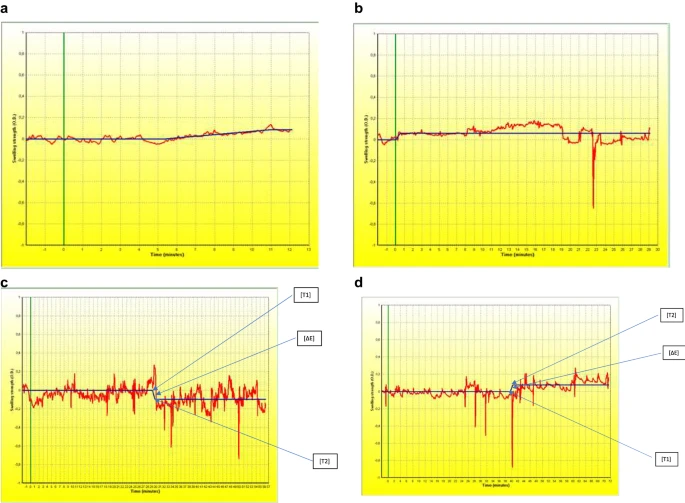Abstract
Background
Allergen immunotherapy (AIT) is the only treatment that has modified the natural history of allergic diseases. However, since its overall effect on the immune system has not been elucidated, AIT is either absolutely or relatively contraindicated in patients with rheumatic autoimmune diseases (RADs). Therefore, there have been no long-term observations of patients with RADs receiving AIT; thus, the effectiveness and safety of AIT in these patients remain unclear.










